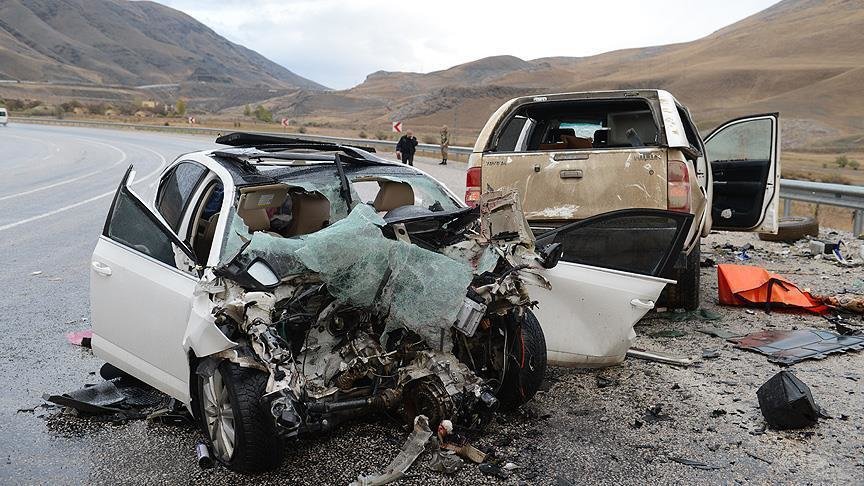Any time when driving on the road, there is a one percent chance or more of getting involved in one form of road accident or the other. Driving comes with it’s own risks and staying safe is paramount. Seating positions can adversely affect the nature of injuries that may occur. In many modern cars, seats are designed to ensure maximum comfort and safety, but how we chose to sit on them matters.
Wearing your seat belt is the first thing you should be doing. Though circumstances infinitely varies during a car crash, it’s important to be as relaxed as possible. Many injuries in minor accidents are worsened or caused by having braced prior to the impact. Our bodies go into overdrive and adrenalin enters our bloodstream and our muscles are able to flex to the maximum — which means that upon impact our bodies are more rigid than they would otherwise be.
If you’re driving, with your hands either side of the steering wheel, not crossed or positioned at the top – in an impact, the airbag in the centre of the steering wheel will explode and break your arms if they are in the way.
Normal seating position is what manufacturers test with dummies. Other positions are going to be significantly worse, e.g. with the seat fully reclined, or sitting with feet up on the dash (the airbag in the dash will break them). Recent cars may have airbags in the side of the seats, too, which will hit you if you are leaning sideways, or resting an arm on a door. There may be a seatbelt tensioner which will try to drag you into a normal position on impact – you don’t want to be leaning forward too close to the airbag, or the cover (designed to break on deployment) may hit you.
Sitting in an upright position is recommended. Be as relaxed as possible. The video below further illustrates.
 Spot Dem Everything About Cars
Spot Dem Everything About Cars






